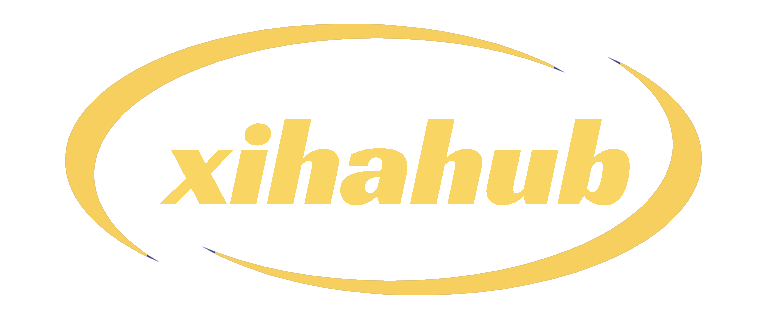Housing loans, sometimes called mortgages, are loans provided by banks or mortgage lenders to help people buy houses. Although it is feasible to obtain a loan to fully cover the cost of the house, most people only need a mortgage of about 70% of the value of the house.
mortgage
The borrowed money must be returned in time. The purchased house serves as a guarantee for the loan to the buyer for the funds to purchase the house.
Various mortgages available
Most mortgages are fixed rate or adjustable rate (variable rate mortgage).
Fixed rate mortgage
 A fixed-rate mortgage provides borrowers with a preset interest rate for a predetermined period of time, such as 10 years, 15 years, or 20 years. Since the interest is fixed, a shorter repayment period will result in a higher monthly repayment amount. Conversely, as the borrower takes longer to pay, the monthly repayment amount will decrease. When repaying the loan over a longer period of time, the borrower will spend extra money due to interest costs.
A fixed-rate mortgage provides borrowers with a preset interest rate for a predetermined period of time, such as 10 years, 15 years, or 20 years. Since the interest is fixed, a shorter repayment period will result in a higher monthly repayment amount. Conversely, as the borrower takes longer to pay, the monthly repayment amount will decrease. When repaying the loan over a longer period of time, the borrower will spend extra money due to interest costs.
Since the monthly repayment amount of a fixed-rate mortgage remains the same for the duration of the loan, it is easier to plan a family budget. It can prevent any unpleasant surprises throughout the semester. Even if market interest rates rise sharply, borrowers will not be required to pay more monthly payments due to increased borrowing costs.
Adjustable rate mortgage
The interest rate of an adjustable-rate mortgage fluctuates throughout the loan term. Among other things, inflation affects interest rates, changing the interest rate that borrowers must pay, thereby changing the total amount payable each month. Variable rate mortgage (ARM) interest rates can be reviewed and changed at predetermined intervals. For example, the rate can be changed every year or every two years.
mortgage payment
 It is common for mortgages to be paid on a monthly basis, and they are divided into four main parts:
It is common for mortgages to be paid on a monthly basis, and they are divided into four main parts:
1. the principal
The term "principal" refers to the total amount of loans. Consider the following example: If someone borrows $300,000 to purchase their property, the principal loan amount will be $300,000. Lenders prefer a 20% down payment on the house as a loan guarantee.
2. Interest
In other words, interest is added to each monthly payment to constitute a percentage of the total amount due. Banks and lenders will not just issue loans to the public without expecting any return. Buyers pay interest to lenders and banks when they borrow money.
3. Taxation
The property tax that the homeowner needs to pay is usually included in the monthly mortgage. The value of the house is used to determine municipal taxes.
4. Insurance
In order to ensure that the house is damaged (as collateral), the lender requires homeowners insurance, which is included in the mortgage. The policy also includes specific insurance, which is usually required when paying a down payment for a house that is less than 20% of the total cost of the property. This insurance is designed to protect lenders or banks in the event of default.










